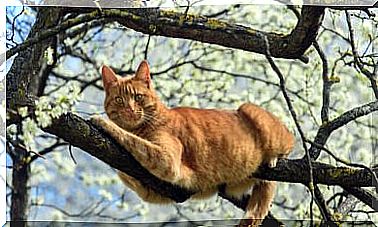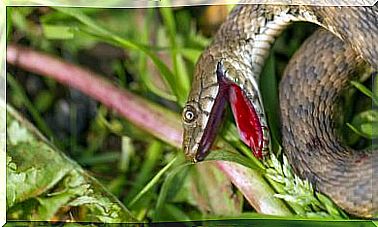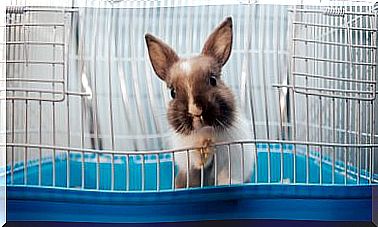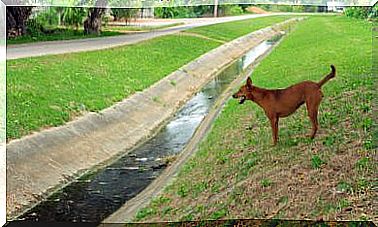The Importance Of Rewards After The Walk
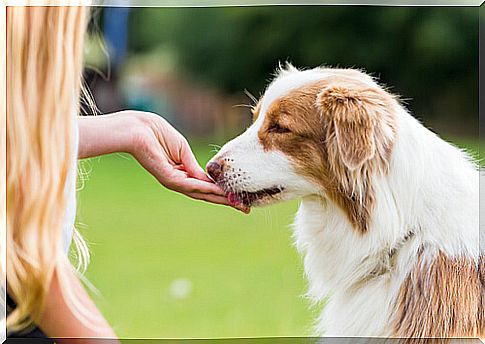
Post-ride rewards are an important detail that is sometimes overlooked. If a dog is properly rewarded for its behavior, it will repeat it for the same recognition.
If you want to know what rewards to give your dog after days of physical activity or when to do it, we encourage you to continue reading.
What rewards can I give after the ride?
Once he has returned from the walk , the pet should receive a reward. This incentive will be given if you have behaved well during the activity. Likewise, it is also suitable to allow cleaning as soon as you get home. In this way, the risk of spreading what you have brought from the street through the home is reduced, especially in a state of quarantine.
One question that may arise is the type of reward to give the pet . Some possible options will be discussed below:
Candies
They are usually the most used reward to reward pets, especially when they are puppies and are in a learning period. For that reason, the market offers a large selection of products. You can choose natural or more processed options. Some natural goodies present in the kitchen are slices of melon, banana or carrots among others.
- There are also different types of treat depending on the age of the dog. A puppy cannot eat the same as an adult dog or an old man.
These types of awards are very suitable when the animal is being trained . Thus, it performs a specific action or behavior more quickly. However, it is not recommended to use this type of rewards in dogs with weight problems. It is better to use other types of positive reinforcement such as petting or verbal expression, since it is not appropriate to promote a bond between food and animal when it already has feeding problems.

Petting
Dogs usually love the caresses that their owners give them. For this reason, they look for them by making small gestures, such as gently pushing with the head or touching the body of the tutor with the tail. You can take advantage of the animal’s attention to educate. Thus, petting can be a positive reinforcement that motivates dogs to obey.
Verbal recognition
Verbal recognition is also a type of positive reinforcement. Therefore, it is recommended to reward the dog with meals or strokes accompanied by words of encouragement or satisfaction. Dogs are able to recognize the tone and mood of the tutor, so they will interpret the joy as a huge incentive.
Physical activities
Dogs have a lot of energy that they have to expend through different activities . For this reason, physical activities such as walks or games are included in the positive reinforcement. In this way, the animal can be ordered to perform an action, for example to sit down. If you do it correctly, you will find yourself rewarding with a game or a walk.
A known fact is that every learning process requires dedication and repetition over a certain period of time. The animal cannot be expected to learn everything in five minutes.

Why should I give rewards after the ride?
Dogs are animals that learn concepts through repetition. If when executing an order, such as “stay”, he is given a reward, he will assimilate that behavior. However, the types of rewards have to be changed little by little.
Initially, the reward is usually a treat, a prize . Over time, the rewards will be spaced out and replaced by gestures or words, although they will need to be maintained from time to time. Thus, the animal will end up obeying because its owner tells it, and in this way it will associate its appropriate behavior with an incentive, be it a caress or a “very good”.
For that reason, the rewards are quick and easy to manage. It is a way to reward for an action immediately.
What cannot be done?
A series of tips to follow when giving a reward or executing a punishment should be taken into account:
- If the animal does not comply with the order, the reward will not be given, but physical punishment must never be carried out. Punishments with violence can cause mental instability in the pet.
- Screaming does not get the animal to react earlier. Although in moments of tension or danger it is possible to yell, the animal will not understand the order better.
- Speak in a calm and firm tone. That commands respect.
- The most important thing of all is to get the animal’s attention as soon as it has performed the action, both rewarding and punishing. If not, you will not be able to identify the behavior associated with that action.
- Being constant and patient is another recommendation to be followed by pet owners.
The world of dog training requires time and perseverance, but with good rewards and affection, the animal will quickly learn to follow orders from the tutor.
